Is Space Junk Polluting Space Before We Even Live There?
May 3rd, 2018

Scientists have predicted that the maximum number of people the Earth can sustain is somewhere between nine and ten billion. Current population is estimated to hit nine billion by the year 2050. So humans have roughly 32 years before overpopulation becomes a really, really big problem.
But, where else can we go?
People around the globe have developed space agencies for exploration (think Elon Musk, Jeff Bezos, etc.). There are private companies sending rockets and satellites into low orbit. We’ve been to the moon and back.
It is clear that our intention is to colonize the only place left: space.
However, can it be that easy if we have already filled space with our junk?
The Problem Of Space Pollution
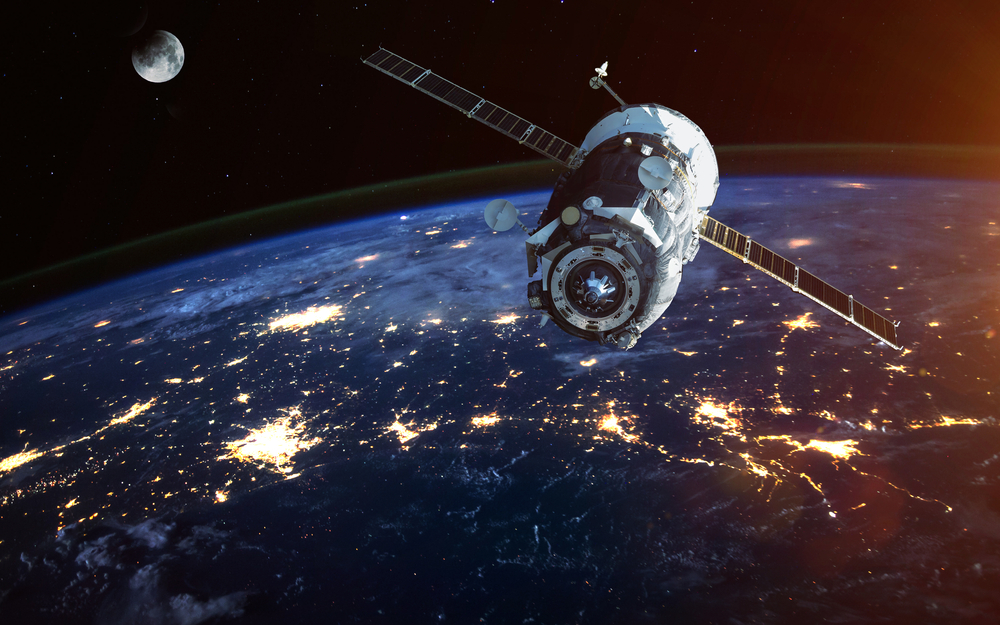
NASA scientist Donald Kessler warned in a paper written in 1978, that every collision of man-made objects in space generates more shrapnel and debris as pieces fly apart on impact. The effect is cumulative, as new debris collides with other objects it creates even more debris.
Ultimately, space will become impassable because of the continuous cascade of colliding debris, including destruction of telecommunications systems and nullifying of further space launches.
Twice every year, if not more frequently, the International Space Station moves to avoid a hypothetically disastrous crash with space junk.
Estimations vary, but there are approximately 4,000 active and inactive satellites in space. They could be hit by the 500,000 bits of floating space debris, some micro-millimeters in size, all the way up to pieces the size of two double-decker buses.
Space debris encompasses both natural (meteoroid) and artificial (man-made) particles. While meteoroids orbit the sun, most man-made debris orbits the Earth. Therefore, the man-made junk is usually called orbital debris.
These include broken spacecraft, abandoned launch vehicles, manned mission-related debris, and disintegration debris.
Estimates suggest that more than 20,000 items of debris larger than a softball currently orbit the Earth. They travel up to 17,500 mph, which would allow a relatively small piece of orbital debris to seriously damage a satellite or a spacecraft. Additionally, there are 500,000 pieces of debris marble-sized or larger. There are millions of pieces of debris too small to be tracked.
“The greatest risk to space missions comes from non-trackable debris,” said Nicholas Johnson, NASA chief scientist for orbital debris. The Department of Defense sustains a hyper-accurate catalog on objects in Earth orbit bigger than a softball.
Are you starting to get the picture? There’s a lot of stuff in space that can cause serious problems for space travelers.
Space Debris and Human Spacecraft
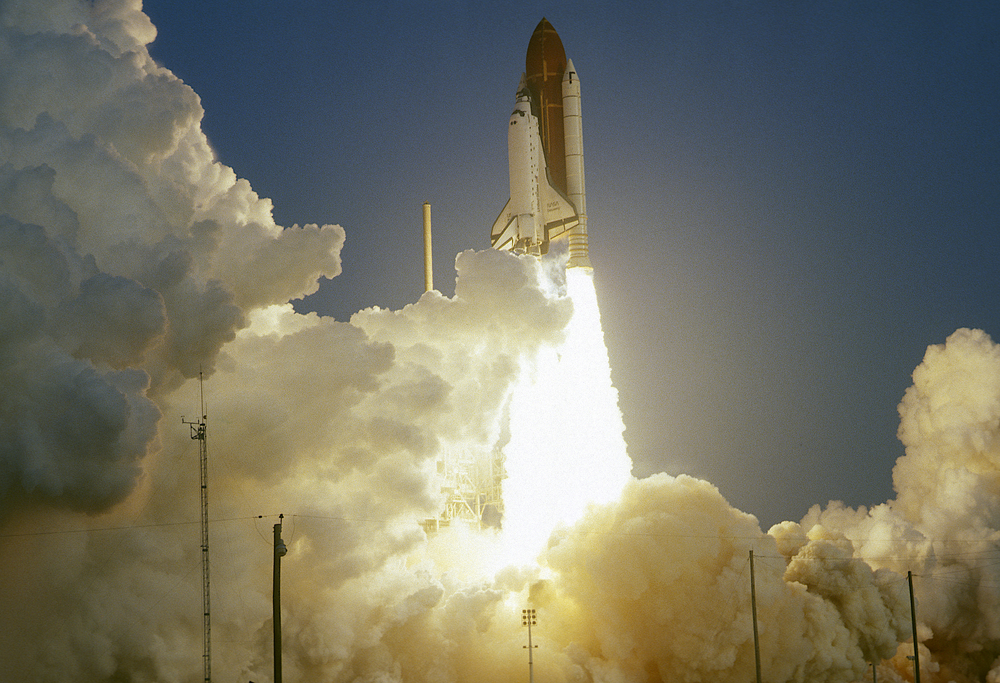
More than 500,000 pieces of debris, or “space junk,” are tracked as they orbit the Earth.
The increasing amount of space debris multiples the danger to space vehicles, but particularly the International Space Station, space shuttles, and other spacecraft with human passengers.
NASA monitors space debris to predict collisions and uses a long-standing set of guidelines to prepare for such events. These guidelines are part of the existing flight rules and specify that when a piece of debris becomes close enough to increase the probability of a collision, evasive action or other precautions are put in place to ensure the safety of crew members.
Often times, there is plenty of advance notice, which allows for time to move the station slightly (called a “debris avoidance maneuver”). Other times, the tracking data does not give a precise enough targeting of debris or a close pass isn’t identified in time to make orbital adjustments.
When that happens, the control centers around the world may agree to move the crew into the Soyuz spacecraft used to fly humans to and from the station. The crew would then have the ability to leave the station if a collision occurred and caused a loss of pressure in the life-supporting module or caused critical damage.
Debris avoidance moves are primarily small and occur between one and several hours prior to the predicted collision. These maneuvers with the shuttle can be planned and implemented in just a few hours. The space station requires nearly 30 hours to plan and execute moves because of the need to utilize the station’s Russian thrusters, or to activate the propulsion systems on one of the docked spacecraft.
In 2009, we witnessed the first major collision between two intact satellites — a U.S. Iridium satellite and an aging Russian Cosmos. The collision created 2,000 extra chunks of metal space debris orbiting the Earth.
A 2011 report by the National Research Council warned that Earth orbit paths may be reaching a “tipping point” where collisions will become more common. The researchers suggest that the immediate, orbital space around Earth could be 10 to 20 years away from severe issues.
The Space Pollution Facts
It is estimated that hundreds of millions of pieces of space debris float through our area of the solar system. Many are as big as trucks, while some are smaller than a fleck of paint.
NASA tracks rocket boosters, spacecraft pieces, and particles and fragments cause by space crashes or explosions are the kinds of space trash whirling around Earth up to 36,000 km per hour.
Earth’s gravitational field grabs lots of space trash and drags it into lower and lower orbits until it burns up in the Earth’s atmosphere. When space trash orbits at higher altitudes, it will remain in orbit years longer than space trash moving in orbits lower than 600 km. Scientists estimate that space trash at altitudes higher than 1,000 km above Earth’s atmosphere can continue orbiting for a hundred years or more.
Space Debris Removal

Jason Held is a scientist who has created a device he hopes will be useful in cleaning up space trash. He holds a PhD in robotics from the University of Sydney and founded the university’s space engineering laboratory. There, he built rocket engines and led space satellite development.
Held has high hopes that the device he and his team created will be able to drag space trash back down into the atmosphere for a fiery death. The module, called the DragEN, is a yo-yo like device weighing in at just under 100 grams. It can be attached to satellites and other spacecraft.
When used, DragEN unspools hundreds of meters of a conductive material that grabs onto electric and magnetic forces as it travels through the planet’s magnetic field. This force drags the trash back to Earth’s atmosphere, where it explodes.
Held cannot estimate the time it would take for a satellite in the DragEN to burn up. However, the Indian Space Research Organization will try it in space on a satellite launch planned soon.
“The satellite mission is to take photos of the earth and downlink photos,” Held says.
“At the end of its mission, the team will release the DragEN tether, which will start dragging the satellite back to Earth. We are all very interested to learn how DragEN unspools in space and how quickly or slowly it takes to come back down.”
Today, Held leads Saber Astronautics in Sydney, where he built DragEN, and he believes it will aid in the destruction of space of debris, a vital issue for space programs around the world.
And Held isn’t the only one racing to obliterate space junk. Though Australia doesn’t build spacecraft or satellite systems, it does collect data and information from space. Australian space researchers monitor roughly 29,000 pieces of space junk and warn human space dwellers of imminent collisions.
The international timeline for self-destruction of any space satellite or orbiting craft, originally set by NASA’s Orbital Debris Program Office, is 25 years after operational life of a satellite ends. This remains the goal for new launches in order to limit the growing pile of space trash.
Internationally, addressing this problem is urgent; satellites worth billions of dollars are constantly threatened with collisions. We are sending craft into space more frequently than they are being destroyed.
The United Nations Office for Outer Space Affairs has worked with NASA and the European Space Agency to develop a set of guidelines on space debris mitigation. But, space archaeologist Dr. Alice Gorman, of Flinders University in Adelaide, says the voluntary UN guidelines are followed in only 40% of all missions.
Humans filled waterways, landfills, and streets with trash, so it’s no surprise the same thing happened in Earth’s orbit. Some space trash removal missions focus on dead satellites, catching them with robotic arms, spearing them with harpoons, or slowing them with sails or tethers. Smaller pieces are targeted with lasers or collected through adhesives.
There are currently several space junk removal missions on the books:
- RemoveDebris from Britain was planned for 2017
- Japan’s just-launched Kounotori 6 satellite, carrying the Kounotori Integrated Tether Experiment
- e.Deorbit from the ESA is scheduled for 2023 or 2024
- Japanese startup Astroscale is designing a debris-removal satellite planned to launch this year
Astroscale plans to demonstrate its satellite, ELSA, in October 2019. Both NASA and the ESA continue to study and develop technologies to capture and safely de-orbit non-functioning objects.
Will Space Be Clean Enough in Time?
These great advances in tracking and eliminating space junk and debris will help clear out the orbital paths around the Earth.
The primary concern is if the clearance will happen in time for our population to successfully colonize outer space. As human population grows and grows, the only viable answer for expanding our world is in settling in outer space.
Resources:
- https://www.nasa.gov/mission_pages/station/news/orbital_debris.html
- https://www.theguardian.com/science/2017/mar/26/weve-left-junk-everywhere-why-space-pollution-could-be-humanitys-next-big-problem
- https://www.washingtonpost.com/news/wonk/wp/2013/10/24/space-is-filling-up-with-garbage-heres-why-we-should-tax-it/
- https://en.wikipedia.org/wiki/Space_debris
- https://starchild.gsfc.nasa.gov/docs/StarChild/questions/question22.html
- https://www.wired.com/story/the-space-junk-problem-is-about-to-get-a-whole-lot-gnarlier/
- https://www.theverge.com/2016/12/30/14116918/space-junk-debris-cleanup-missions-esa-astroscale-removedebris
- https://www.theatlantic.com/magazine/archive/1998/07/the-danger-of-space-junk/306691/
- https://www.cnn.com/2017/06/13/tech/space-sweepers-astroscale-japan/index.html
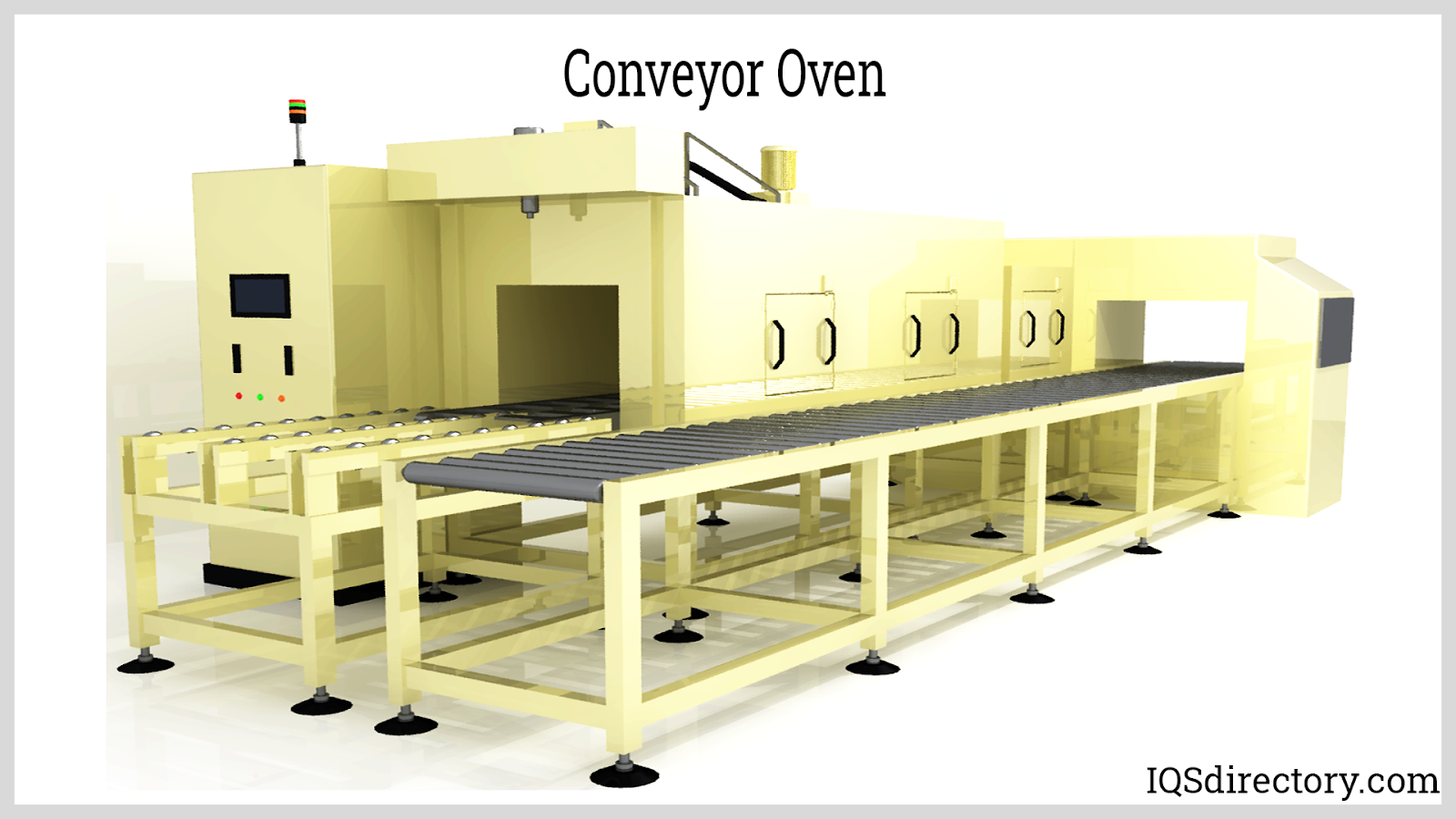
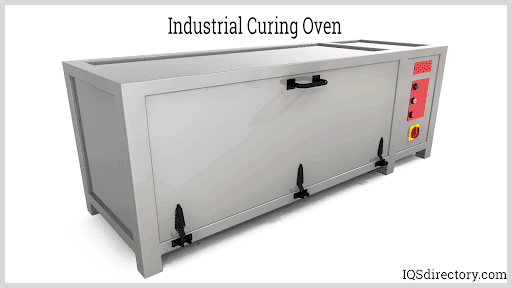
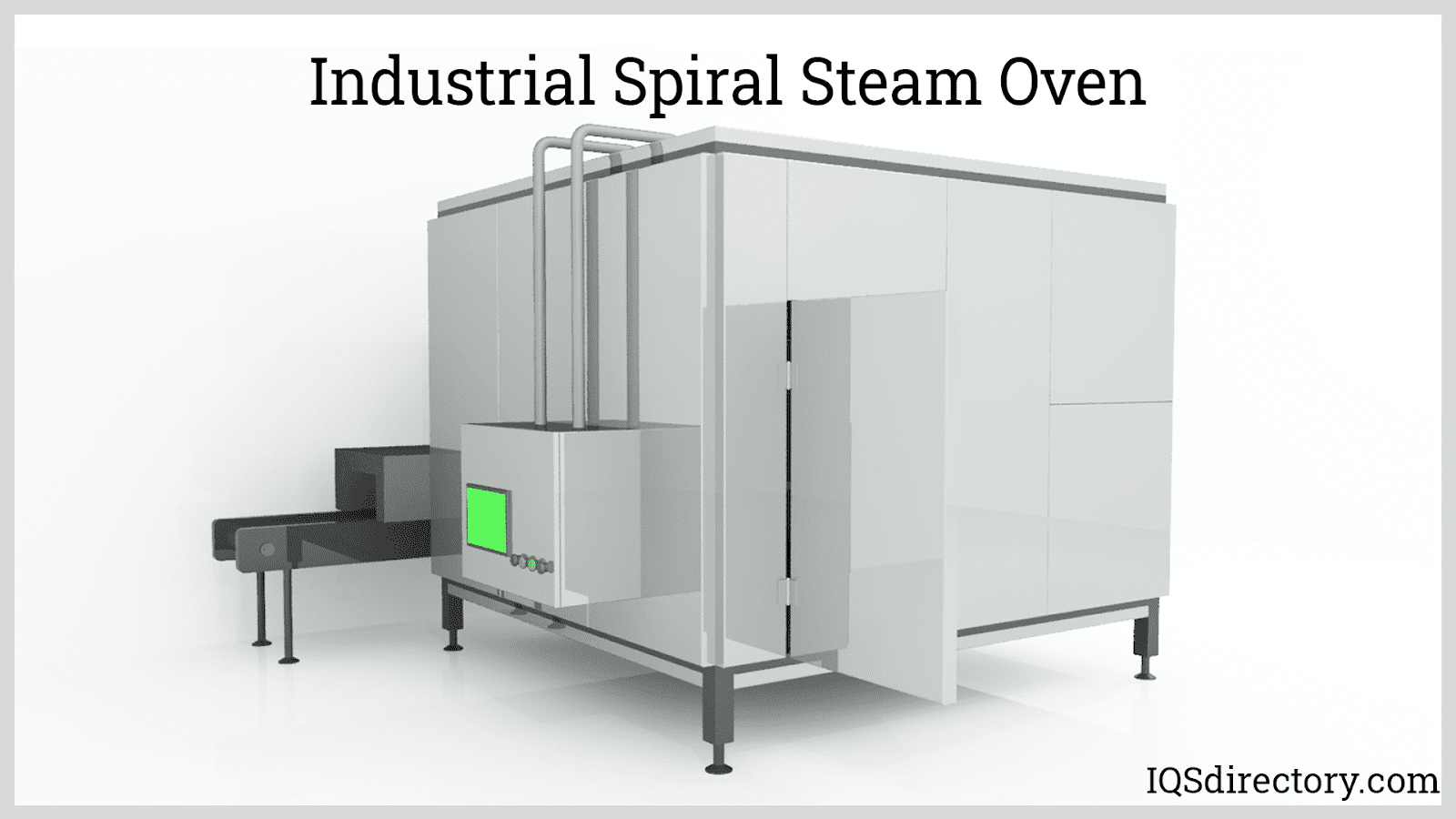


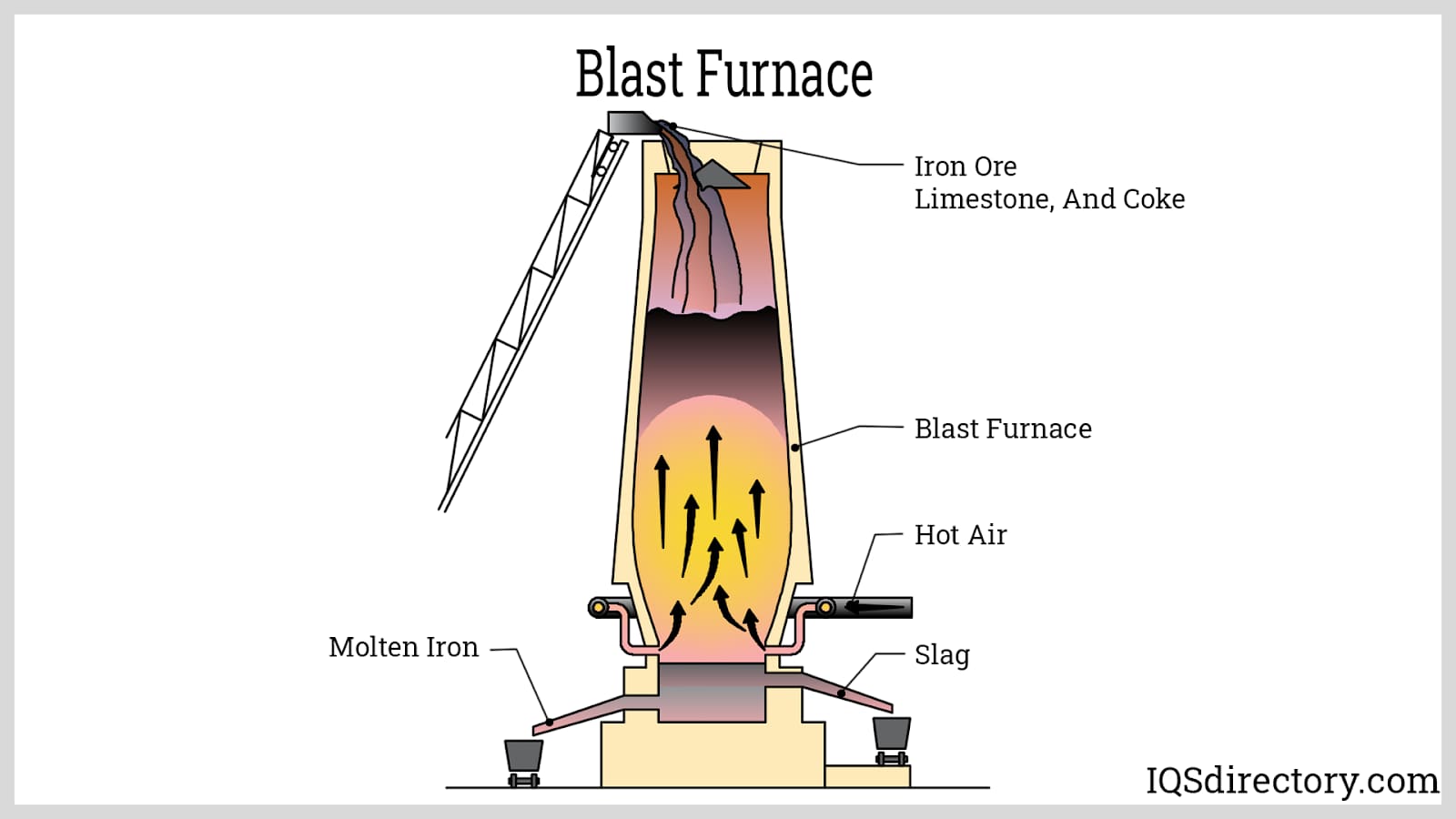

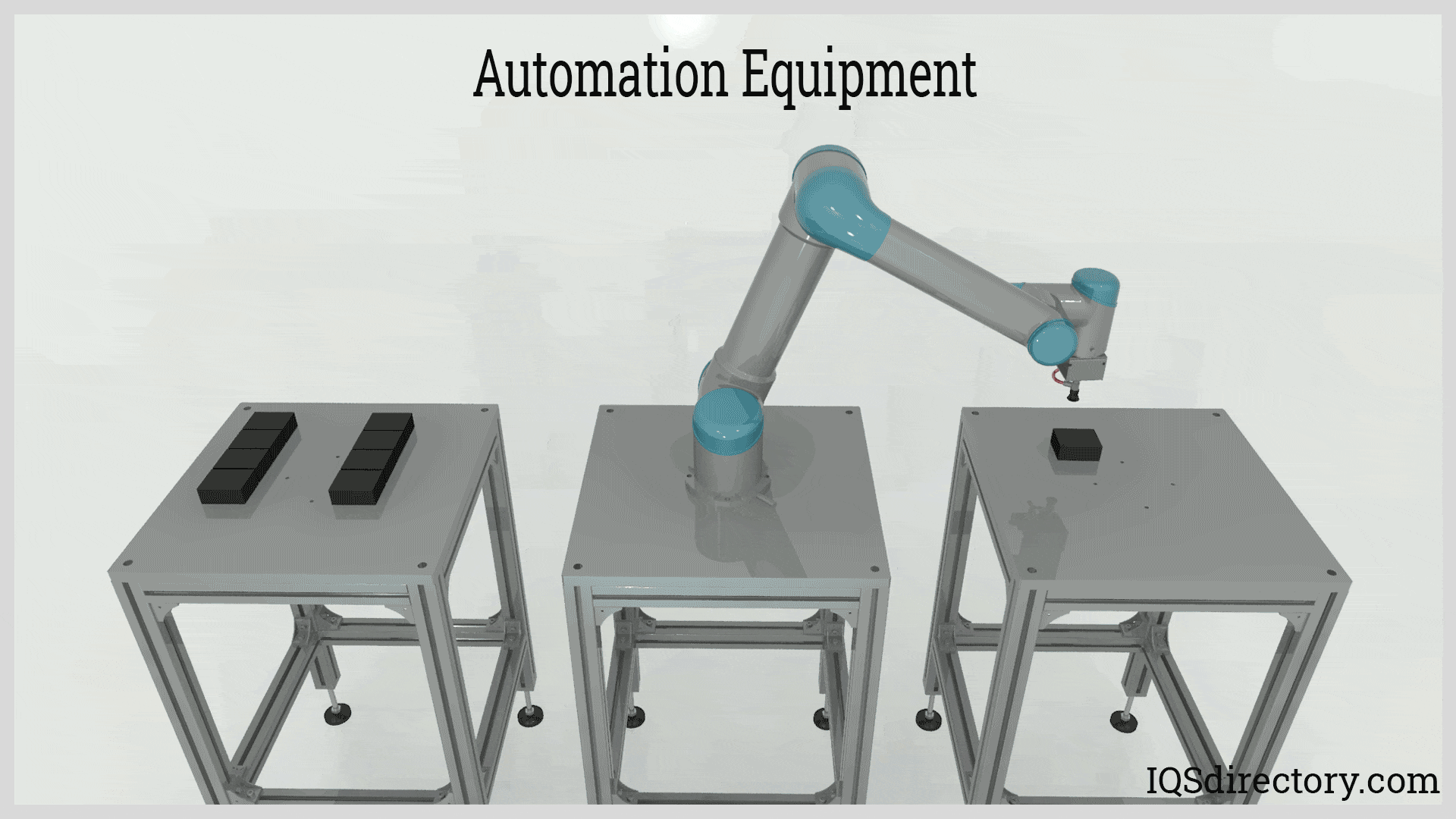
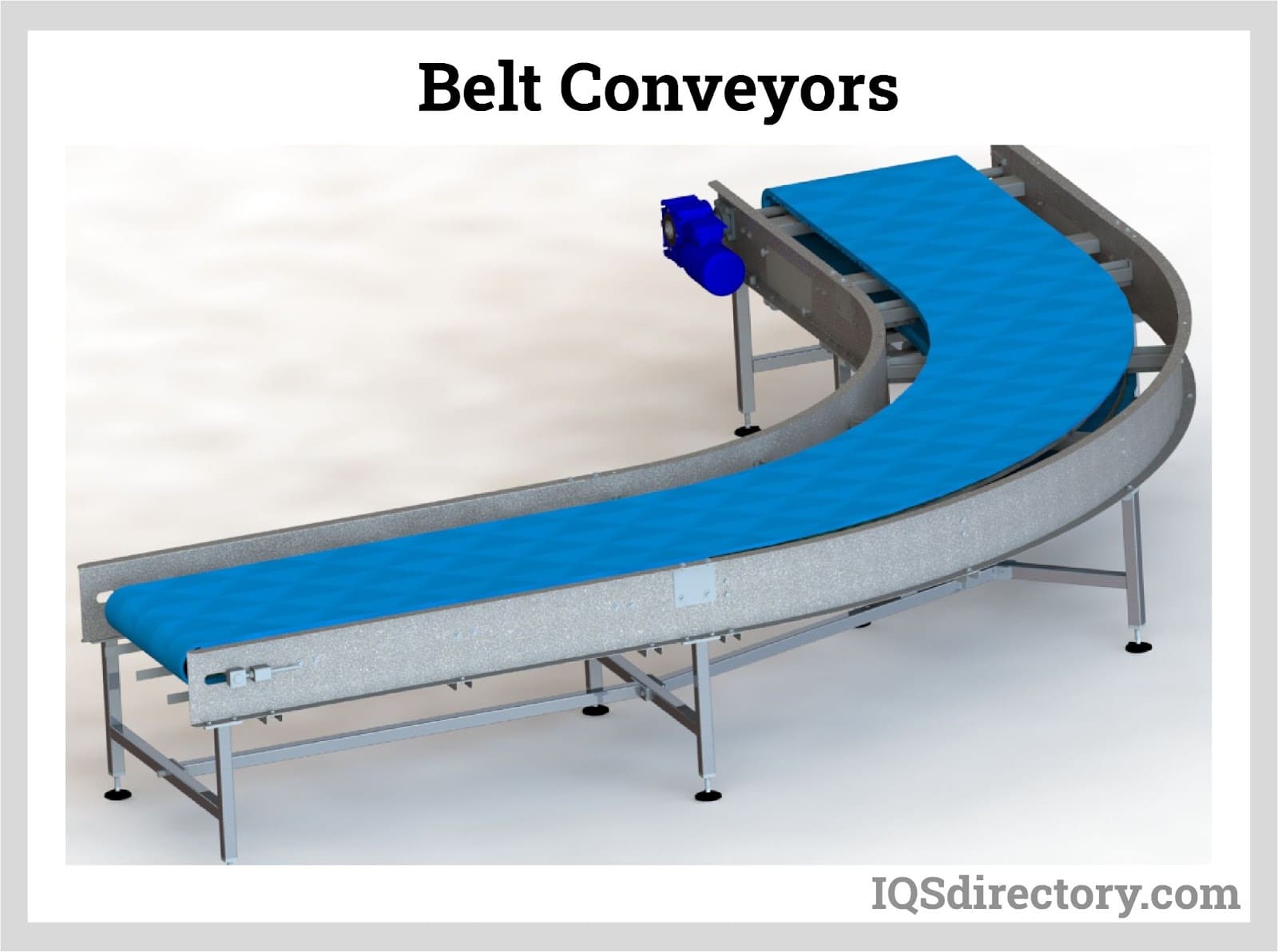
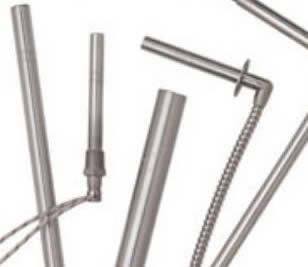 Electric Heaters
Electric Heaters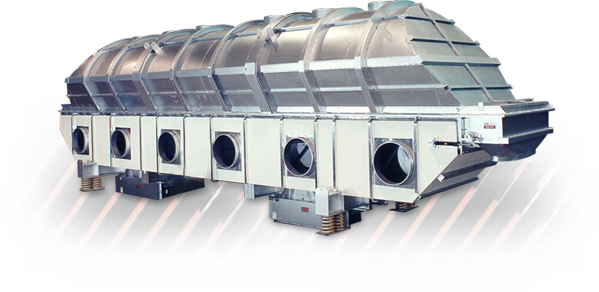 Industrial Dryers
Industrial Dryers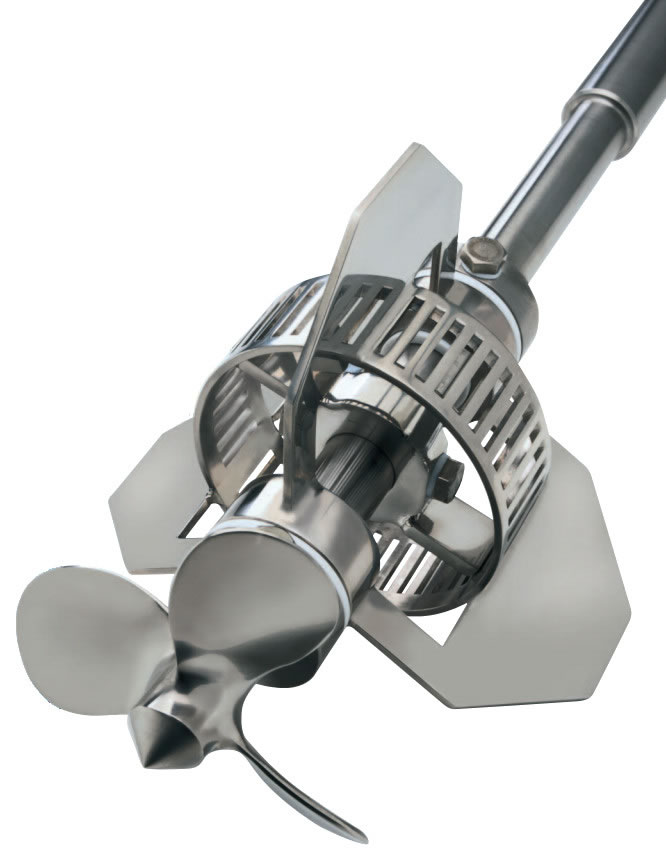 Industrial Mixers
Industrial Mixers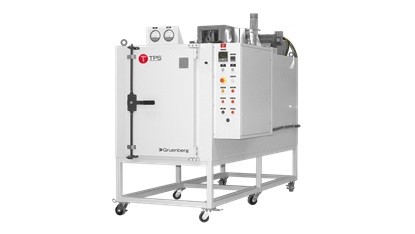 Industrial Ovens
Industrial Ovens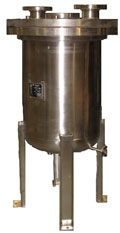 Pressure Vessels
Pressure Vessels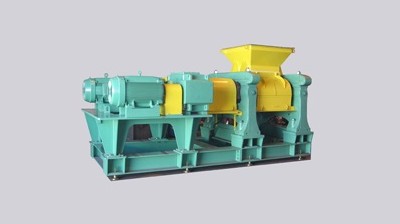 Pulverizers
Pulverizers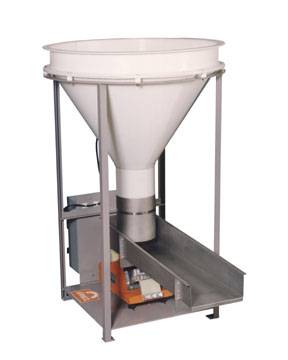 Vibratory Feeders
Vibratory Feeders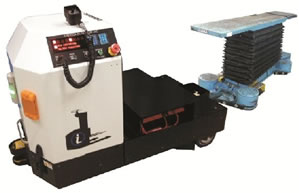 AGV
AGV Air Pollution Control
Air Pollution Control Assembly Machinery
Assembly Machinery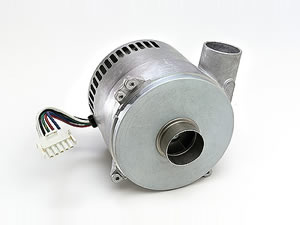 Blowers
Blowers Conveyors
Conveyors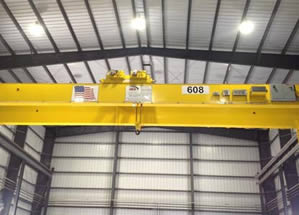 Cranes
Cranes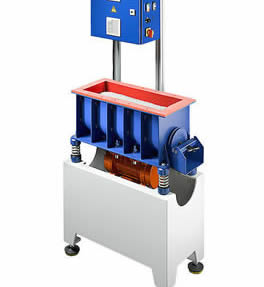 Deburring Machinery
Deburring Machinery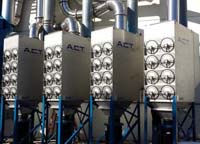 Dust Collectors
Dust Collectors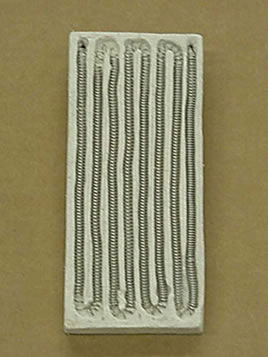 Heaters
Heaters Hose Reels
Hose Reels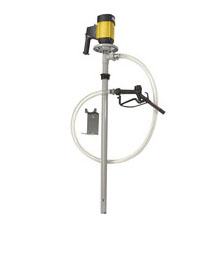 Lubricators
Lubricators Mezzanines
Mezzanines Modular Buildings
Modular Buildings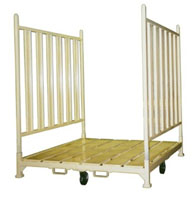 Storage Racks
Storage Racks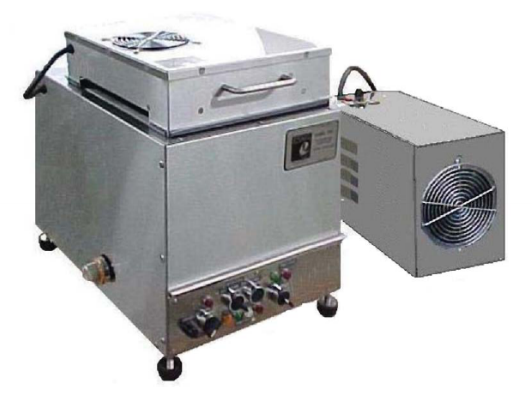 Ultrasonic Cleaners
Ultrasonic Cleaners Work Benches
Work Benches